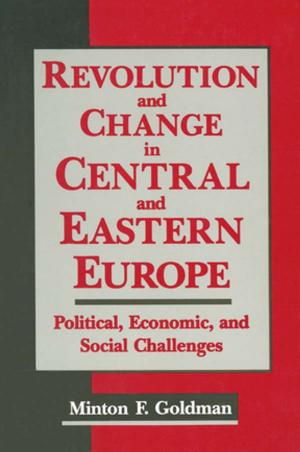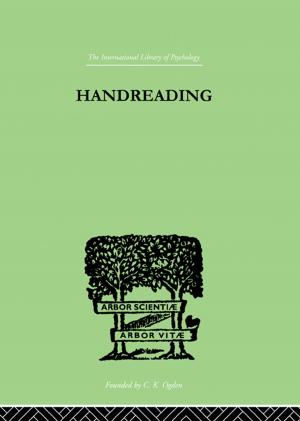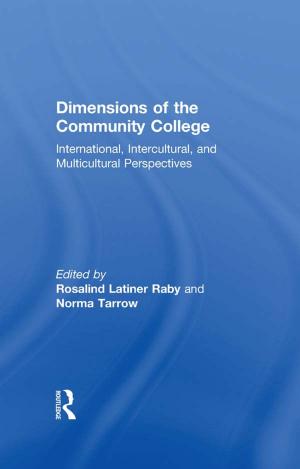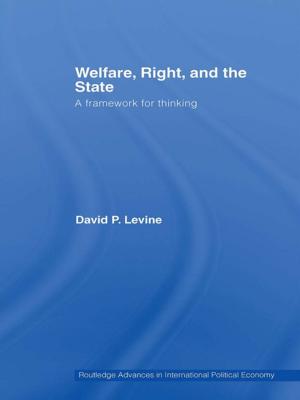A Minimalist Ontology of the Natural World
Nonfiction, Religion & Spirituality, Philosophy, Metaphysics, Science & Nature, Science, Other Sciences, Philosophy & Social Aspects| Author: | Michael Esfeld, Dirk-Andre Deckert | ISBN: | 9781351392167 |
| Publisher: | Taylor and Francis | Publication: | October 25, 2017 |
| Imprint: | Routledge | Language: | English |
| Author: | Michael Esfeld, Dirk-Andre Deckert |
| ISBN: | 9781351392167 |
| Publisher: | Taylor and Francis |
| Publication: | October 25, 2017 |
| Imprint: | Routledge |
| Language: | English |
This book seeks to work out which commitments are minimally sufficient to obtain an ontology of the natural world that matches all of today’s well-established physical theories. We propose an ontology of the natural world that is defined only by two axioms: (1) There are distance relations that individuate simple objects, namely matter points. (2) The matter points are permanent, with the distances between them changing. Everything else comes in as a means to represent the change in the distance relations in a manner that is both as simple and as informative as possible. The book works this minimalist ontology out in philosophical as well as mathematical terms and shows how one can understand classical mechanics, quantum field theory and relativistic physics on the basis of this ontology. Along the way, we seek to achieve four subsidiary aims: (a) to make a case for a holistic individuation of the basic objects (ontic structural realism); (b) to work out a new version of Humeanism, dubbed Super-Humeanism, that does without natural properties; (c) to set out an ontology of quantum physics that is an alternative to quantum state realism and that avoids any ontological dualism of particles and fields; (d) to vindicate a relationalist ontology based on point objects also in the domain of relativistic physics.
This book seeks to work out which commitments are minimally sufficient to obtain an ontology of the natural world that matches all of today’s well-established physical theories. We propose an ontology of the natural world that is defined only by two axioms: (1) There are distance relations that individuate simple objects, namely matter points. (2) The matter points are permanent, with the distances between them changing. Everything else comes in as a means to represent the change in the distance relations in a manner that is both as simple and as informative as possible. The book works this minimalist ontology out in philosophical as well as mathematical terms and shows how one can understand classical mechanics, quantum field theory and relativistic physics on the basis of this ontology. Along the way, we seek to achieve four subsidiary aims: (a) to make a case for a holistic individuation of the basic objects (ontic structural realism); (b) to work out a new version of Humeanism, dubbed Super-Humeanism, that does without natural properties; (c) to set out an ontology of quantum physics that is an alternative to quantum state realism and that avoids any ontological dualism of particles and fields; (d) to vindicate a relationalist ontology based on point objects also in the domain of relativistic physics.















